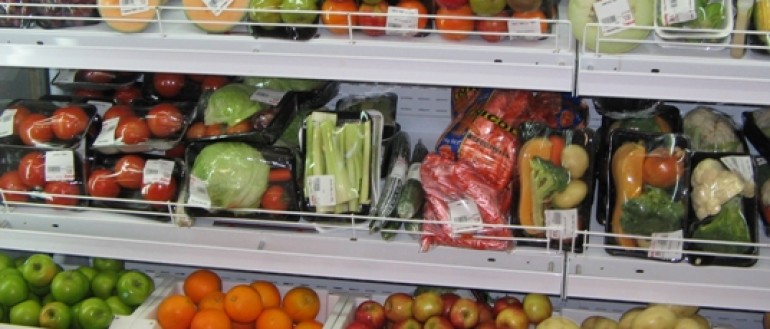Aims:
- To determine key characteristics of population level diet in remote communities, and model the cost of dietary improvement and cost benefit of a subsidy on fruit, vegetables, water and diet soft drinks.
Summary:
The cost of food compared to people’s income is a barrier to consuming a healthy diet.
Three Northern Territory communities agreed to participate. Store sales reports and food service invoices from July 2010 – June 2011 were collected. This provided information on the population level diet and costs (excluding traditional foods and foods bought outside of the community).
This information was analysed and models were built to determine the cost and health impact of changes to the current diet.
Implications for policy and practice:
This is the first study to provide complete data on the population level diet for communities in remote Australia and provides evidence on changes required to the diet at minimum cost.
Our research has found:
- Very poor dietary quality continues to be a characteristic of population diet since the earliest studies almost three decades ago.
- Significant proportions of key micronutrients are provided from poor quality nutrient-fortified processed foods, rather than nutrient-rich, minimally-processed foods.
- A healthier diet is achievable within people’s current food expenditure
- Australian sodium targets at least cost can only be achieved with reduced sodium in manufactured foods
- Price subsidies may be cost effective; verification by trial-based research is needed.
Chief investigator:
Project manager:
Contact information:
Project dates:
This project was completed in 2011.
Funders:
- National Aboriginal and Torres Strait Islander Health Equity Council.
Research team:
- A/Prof Julie Brimblecombe (CI)
- Megan Ferguson
- Dr Selma Liberato
- Anne Magnus, Deakin University
- Professor Marjorie Moodie, Deakin University
- Dr Malcolm Reilly, CSIRO
- Professor Kerin O’Dea, University of South Australia
-

Research reveals concerning nutrition outcomes in remote communities
Some remote Indigenous communities are spending as little as 2.2 per cent of total food expenditure on fruit and just 5.4 per cent on vegetables according to a study by the Menzies School of Health Research.
-

MJA: Characteristics of the community-level diet of Aboriginal people in remote northern Australia
To describe the nutritional quality of community-level diets in remote northern Australian communities.
-
Wycherley, T.P., Pekarsky, B.A.K., Ferguson, M.M., O’Dea, K., Brimblecombe, J. (2017) Fluctuations in money availability within an income cycle impacts diet quality of remote Indigenous Australians. Public Health Nutr. 20(8);1431-1440.
-
Wycherley, T.P., Ferguson, M.M., O’Dea, K., McMahon, E.J., Liberato, S.C., Brimblecombe, J.K. (2016) Store turnover as a predictor of total food and beverage provider turnover in remote Indigenous Australian communities. Aust NZ J Public Health. 40(6):569-71; doi: 10.1111/1753-6405.12571.
-
Magnus, A., Moodie, M.L., Ferguson, M., Cobiac, L.J., Liberato, S.C., & Brimblecombe, J. (2015). The economic feasibility of price discounts to improve diet in Australian Aboriginal remote communities. Australian and New Zealand Journal of Public Health, 40(S1), S36-41. doi: 10.1111/1753-6405.12391.
-
Brimblecombe, J., Ferguson, M., Liberato, S., & O'Dea, K. (2013). Characteristics of the community-level diet in remote Aboriginal northern Australia. Medical Journal of Australia, 198(7), 380-4.
- Brimblecombe, J., Ferguson, M., Liberato, S.C., O’Dea, K., & Riley, M. (2013). Optimisation Modelling to Assess Cost of Dietary Improvement in Remote Aboriginal Australia. PLoS ONE, 8(12).

